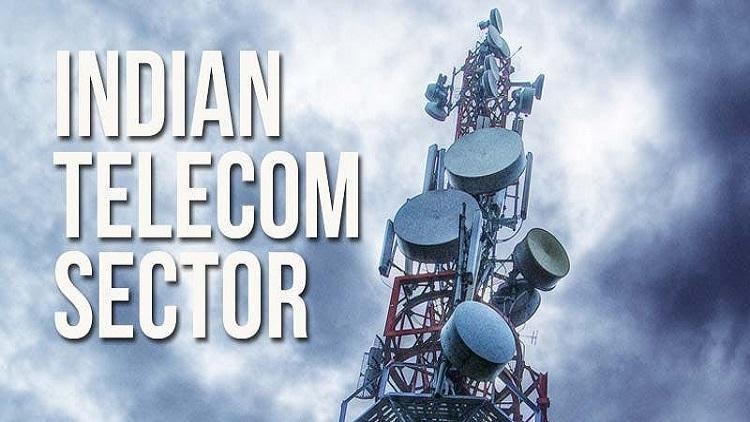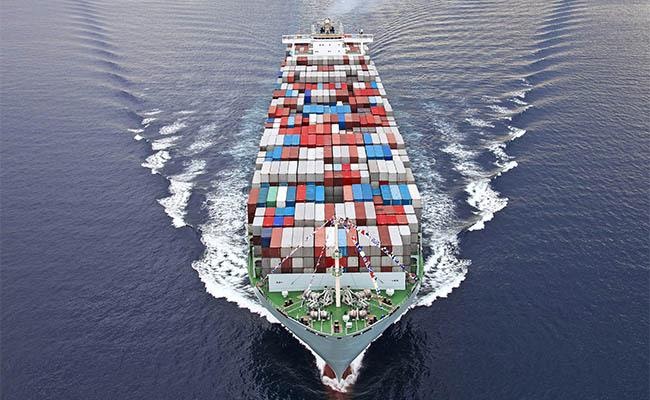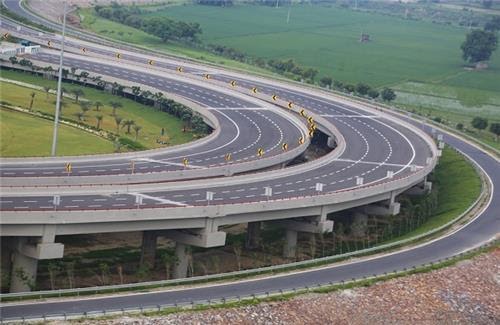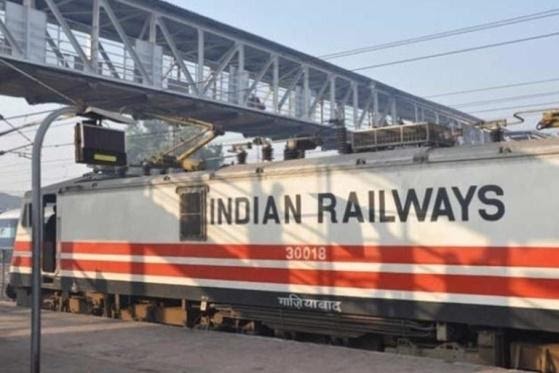Infrastructural development was never a prime concern after the 1991 economic reform. The prime agenda of reform was centred to manage the economic crisis and the need for domestic and external stabilization. The prime focus was on reduction of fiscal deficit to restore macro-economic stability and introduce a complete package of efficiency-oriented reforms that aimed at deregulating the domestic economy.
India’s infrastructure services are slowly but steadily moving away from the realm of government control to that of the private sector. As till 1991, the public sector was dominating the private sector who merely played a supplementary role in the economy. Since these years India has enormously grown in industrial and infrastructural sectors with the contribution of both public and private sectors.
After 1991 policy FDI (Foreign Direct Investors) enter directly and indirectly into the industries, with the help of them India got money and equipment to build and to become one of the highest spenders in industries and infrastructure. Across the sectors from telecommunications and roads to power and ports, state-owned agencies are giving way to private sector entities to operate in a competitive environment and subject to economic regulation where it finds necessary.
Government at both the levels i.e. centre and state are actively participating in managing this transition from public to private, framing out of policies and establishment of institutions like Central road fund and independent regulatory authorities in power and telecommunication sectors. Let us discuss the mechanism of infrastructural development first.
Public-Private Partnership (PPP) Model
PPP is needed in various road infrastructure project due to various difficulties that occurred in the project financing of the various conventional project. PPP is needed to transfer the workload of the government sector to the private sector. Also, the quality of work is maintained by the authority of the government sector. By introducing PPP the private technology and innovation in providing a better quality of work are also assured. To complete the project on time and within the budget, PPP is required. PPP is useful to provide funds for the project where government shorts. With the help of this PPP model, we can achieve the sustainable development of road infrastructure projects.
Advantages
- Ensure the necessary investments into public sector and more effective public resources management
- Ensure higher quality and timely provision of public services
- Mostly investment projects are implemented in due terms and do not impose unforeseen public sectors extra expenditures
- A private entity is granted the opportunity to obtain a long-term remuneration
- Private sector expertise and experience are utilized in PPP projects implementation
- Appropriate PPP project risks allocation enables to reduce the risk management expenditures
Disadvantages
- Infrastructure or services delivered could be more expensive
- PPP project public sector payments obligations postponed for the later periods can negatively reflect future public sector fiscal indicators
- PPP service procurement procedure is longer and more costly in comparison with traditional public procurement
- PPP project agreements are long-term, complicated and comparatively inflexible because of impossibility to envisage and evaluate all particular events that could influence the future activity
Infrastructural Developments in various sectors
Telecom Sector

- The government initiated partial reforms in 1985 when the Department of Posts and Telegraphs was divided into separate entities, the Department of Posts and the Department of Telecommunications.
- In 1986, the government came up with basic telephone services in two metropolitan cities of Delhi and Mumbai into a new public sector entity, the Mahanagar Telephone Nigam Limited.
- Government ushered in the National Telecom Policy of 1994, which allowed private participation in both basic and cellular services.
- In 1997 the government enacted legislation to establish the Telecom Regulatory Authority of India. Overseas communication services were transferred to Videsh Sanchar Nigam Limited.
- The process of liberalization received a further fillip in 1999 with the adoption of the New Telecom Policy of 1999, which permitted the entry of multiple players into all segments, including fixed-line, cellular, and long-distance telecommunications.
- The policy-making and service providing functions of the Department of Telecommunications were separated.
- The Telecom Regulatory Authority of India Act was amended in 2000, to bring clarity to the authority’s functions and powers, and a separate Telecom Disputes Settlement and Appellate Tribunal was established to adjudicate disputes.
- The spectacular progress of India’s telecommunications sector has been largely due to the entry of private players.
- Private participation has resulted in greater competition, better service, increased penetration, and lower prices.
Power Sector

- Power sector got liberalized in 1992 but private participation has remained far below expectations.
- The responsibility for the power sector is currently shared between the central government and the states.
- At the central level, policy and planning are under the purview of the Ministry of Power and its arm, the Central Electricity Authority which was established in 1998 and deals with regulation pertains to the tariffs of generating companies owned or controlled by the central government and those who sell electricity in more than one state, interstate transmission of energy including tariff of transmission utilities, and oversight of India’s Electricity Grid Code.
- At the state level, there are State Electricity Regulatory Commissions, whose functions include determining the tariff for generation, supply, transmission and wheeling of electricity within the state, issuing transmission, distribution and trading licenses, and facilitating intrastate transmission of electricity.
- One of the main factors that delayed private participation in the generation is the deteriorating financial condition of State Electricity Board which was attributed to non-remunerative tariff structures, poor operational and collection practices and bad network.
- In the way of reform, the central government has undertaken a few initiatives.
- The government came up with some schemes like Saubhagya yojana to provide free electricity to each and every household in the country. UDAY scheme focusing on the taking out distribution companies from huge debt and many more.
- India’s initiative in International Solar Alliance is a big success where countries located between Tropic of Cancer to Tropic of Capricorn would focus on electricity generation through solar energy which aims to provide renewable energy and meet the demand in the country and excess can be transferred to the needy country.
Ports

- India has over 3,728 miles (6,000 km) of natural coastline and is strategically well-positioned on global trade routes.
- India has 13 major ports and over 185 minor ports which together handle the bulk of India’s foreign trade.
- The thirteen major ports handled over 280 million metric tons of cargo in 2001–2002, mostly petroleum, iron ore, and coal; they operate under the jurisdiction of the Ministry of Shipping.
- Economic prosperity near sea routes has been a regular feature of human growth. Trade and commerce have boomed with transportation and delivery of goods in a timely, cost-effective and convenient manner. 90% of India’s trade (by volume) depends on water transport.
- Indian ports are dynamic nodes in the supply chain involving complex international production and distribution network.
- Recently, the Major Port Authorities Bill, 2020 was introduced in Lok Sabha by the Minister of State for Shipping on March 12, 2020.
- The Bill seeks to provide for regulation, operation and planning of major ports in India and provide greater autonomy to these ports. It seeks to replace the Major Port Trusts Act, 1963.
- Sagarmala Project: The concept of Sagarmala was approved by the Union Cabinet on 25th March 2015. As part of the programme, a National Perspective Plan (NPP) for the comprehensive development of India’s 7,500 km coastline, 14,500 km of potentially navigable waterways and maritime sector.
- The Sagarmala is a series of projects to leverage the country’s coastline and inland waterways to drive industrial development.
- Sagarmala is integrated with the development of inland waterways and expected to reduce cost and time for transporting goods, benefiting industries and export/import trade.
- Many ports in India are evolving into specialized centres of economic activities and services and are vital to sustaining the future economic growth of the country such as JNPT, Mundra Port, Sikka Port, Hazira Port etc.
- Last-mile connectivity to the ports is one of the major constraints in smooth movement of cargo to and from the hinterland.
- Sagarmala could boost India’s merchandise exports to $110 billion by 2025 and create an estimated 10 million new jobs
Roads

- Road transport is vital to the economic development and social integration of the country. Easy accessibility, the flexibility of operations, door-to-door service and reliability have earned road transport an increasingly higher share of both passenger and freight traffic vis-à-vis other transport modes.
- India has one of the largest road networks in the world, consisting of national highways, state highways, major district roads and rural roads that include other district roads and village roads. The national highways with a length of 76,818 km comprise only 2.0 per cent of the road network but carry 40 per cent of the road-based traffic.
- State highways and district roads constitute the secondary system of road transportation which contributes to the development of the rural economy and industrial growth of the country. In 1995 the National Highways Authority of India was given the mandate to develop, maintain and manage national highways entrusted to it.
- Due to fund shortage and timely implementation, road projects are operated through various models with private participation.
Build-Operate-Transfer (BOT): In this, a private entity has authority for the financing, construction and – operating a facility for a given period of time and the client remains a major service consumer.
- After the concession period is over the facility is transferred to the client, who usually is the government. The risk of failure of the project is shared by the private entity and client during the concession period.
- BUILT: Private entity defines the objective and goal of the project. Private entity set up the facility for Designing and Planning of the project along with financing budget is made before staring of the project.
- OPERATION: Project execution and monitoring are done in a progressive cycle according to the plan made before starting of the project. Project trial is done before users are allowed to use it. TRANSFER: At the end of the concession period private entity transfers the ownership of the facility to the client.
BOT (Toll): Private entity is required to raise fund for Constructional, Operational cost and expenditure on annual and periodic maintenance. A Grant is also issued in order to bridge the gap between the investment required and the gains arising out of it and increase the viability of the project.
BOT (Annuity): Private entity raises funds for construction, operational cost and expenditure on annual maintenance. On each annuity payment date as per the annuity payment schedule, the granting authorities’ pays the concessionaire annuity. Private entity recovers the entire investment and predetermined cost of return out of annuities.
Hybrid Annuity Model: The model is a mix of EPC and BOT formats, with the government and the private enterprise sharing the total project cost in the ratio of 40:60. Under this new model, the government provides 40% of the project cost during the construction period and the release of funds is linked to the progress of construction. The private player needs to raise the rest of 60% in the form of equity and loan.
Various Government Projects
NATIONAL HIGHWAYS DEVELOPMENT PROJECTS (NHDP): The seven phased NHDP is being implemented by the National Highways Authority of India (NHAI). Key projects under this are:
Development of National Highways to 4/6 lane standards on the following routes:
- Golden Quadrilateral connecting 4 major metropolitan cities viz. Delhi-Mumbai- Chennai-Kolkata. North-South & East-West Corridors (NS-EW) connecting Srinagar to Kanyakumari and Silchar to Porbandar with a spur from Salem to Cochin.
- Road connectivity of major ports of the country to National Highways
- Development of 1,000 km of fully access-controlled expressways under Public-Private Partnership (PPP) model following the Design – Build – Finance – Operate (DBFO) approach.
- Construction of standalone Ring Roads, Bypasses, Grade Separators, Flyovers, elevated roads, tunnels, the road over bridges, underpasses, service roads, etc. on BOT (Toll)
- Bharatmala: The programme envisages new initiatives like development of Border and International connectivity roads, Coastal & port connectivity roads and improvements in National Corridors Efficiency Economic corridors.
- The “mega-plan” which is the second-highest highway project after NHDP will provide a further boost to the ongoing road/highway development projects and will witness the construction of 20,000 km of highways in its first phase
- Logistics Efficiency Enhancement Programme (LEEP): this programme rests around 4 pillars:
- Freight aggregation and distribution
- Multimodal freight movement
- Storage and warehousing
- Value-added services such as customs clearances.
Airport

- Airports play a critical role in promoting trade, tourism, and the economic development of a country.
- The Airports Authority of India was constituted in 1995 to bring about integrated development and the expansion and modernization of operational, terminal, and cargo facilities at India’s airports.
- The authority is responsible for providing air traffic services over the Indian airspace and adjoining oceanic areas.
- The government took the initiative to utilize such airports which remained underutilized and used it for regional connectivity under UDAN (Ude Desh Ke Aam Nagrik)scheme. This scheme worked on two fronts – first, it provided an opportunity to those to air travel at minimal cost who never ever thought about due to its cost and second, it would generate revenue to the government from those airports which remained closed till now.
Railways

- The Indian Railways (IR) is over 150 years old and it is among the world’s largest rail networks.
- India’s railway network is recognised as one of the largest railway systems in the world under single management.
- The railways carry over one million metric tons of freight and transport over 10 million passengers a day (of which over 5 million are in Mumbai’s suburban network).
- The Government of India has focused on investing in railway infrastructure by making investor-friendly policies.
- It has moved quickly to enable Foreign Direct Investment (FDI) in railways to improve infrastructure for freight and high-speed trains.
- As per Union Budget 2020-21, Ministry of Railways has been allocated Rs 72,216 crore (US$ 10.33 billion).
- Dedicated Freight Corridor Corp. of India Ltd (DFCCIL), is already building the first two freight corridors—Eastern Freight Corridor from Ludhiana to Dankuni (1,856km) and Western Freight Corridor from Dadri to Jawaharlal Nehru Port (1,504km).
- The Government of India is going to come up with a ‘National Rail Plan’ which will enable the country to integrate its rail network with other modes of transport and develop a multi-modal transportation network.
- The Government of India has signed an agreement with the Government of Japan under which Japan will help India in the implementation of the Mumbai-Ahmedabad high-speed rail corridor along with financial assistance that would cover 81 per cent of the total project cost.





















































